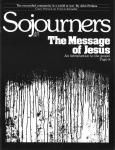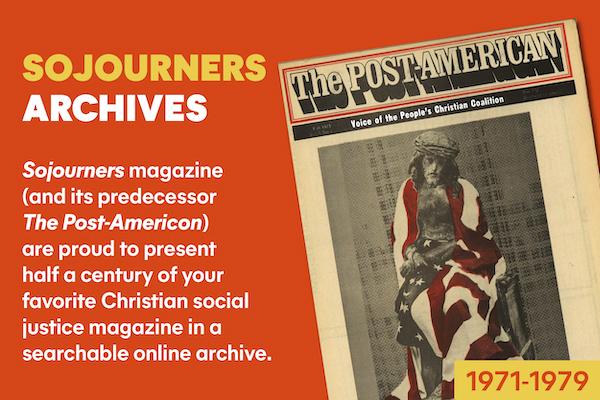The Back Bay Mainline is a struggling alternative newspaper in
“Remember when we used to do everything ourselves?” reminisces one character, poring over snapshots of demonstrations and the first days of the Mainline.
“Yeah. We were dangerous then,” replies another wistfully.
As the Mainline’s readership and finances have waxed, the staff’s early enthusiasm and idealism has waned. The larger story is of the takeover of the paper by a publications conglomerate. That commercialization is writ small in the characters’ ditching of their common cause for individual careers and relationships. Michael (Stephen Collins, who played Hugh Sloan in All the President’s Men) is consumed by his ambition to profit from his years in the counterculture by selling a book on the subject. He is enchanted with his own struggle. When fellow writer Harry asks for tips on how to get an agent, Michael looks incredulous. “Do you know how hard I had to work? How many secretaries hung up on me?” There is something grim about his calculated climb.
Blonde Raphael angel Abbie (Lindsay Crouse, whose brother Timothy is a columnist for the Village Voice) is similarly torn between perfecting her photography, even at the cost of leaving the paper, and working out her relationship with the once-star investigative reporter. The Mainline becomes a steppingstone to bigger and better things.
Lynn (Jill Eikenberry), the receptionist and Ariel of the office, is the only one dismayed at the upward mobility of those who no longer believe in “what the Mainline is.” Hers is a sort of high school assembly idealism. But her sweet, selfless spirit is refreshing. She is a buffer zone for these battering egos.
Max (Jeff Goldblum), the rock columnist who looks and acts like a manic cigar store Indian, uses his position to bum drinks and impress young groupies. He gives an outrageous lecture on the question “Whither Rock and Roll?”, concluding, “You’ve heard it said that rock and roll is here to stay. Not at my house—I don’t have the room.” He one ups a self-proclaimed “conceptual artist” who wreaks havoc in the office, matching him devastation for devastation. Max triumphs over the pomposity of artists and critics by escalating their claims to heights of ridicule. On the other hand, he just doesn’t care about anything but his own brand of laid-back opportunism.
His fellow office crazy is the Hawker (Michael J. Pollard), Puck in a t-shirt, who presides over and sleeps under the pinball machine, and peddles the Mainline from time to time. Pollard’s face is protean in its capacity for expression: When Max and the conceptual artist engage in their duel, he registers slyness, amusement and expectancy— simultaneously.
There are discernible generations among the staff. Harry, who threatens to quit every week and has sunk from his former nursing home exposés to stories about strippers, reacts cynically to Abbie’s impulse to rush out and cover a potential scandal. “Nothing will change,” he says. “It doesn’t do any good.” Max opts for passive aggression toward the system. He lectures the unbaked young classifieds staffer David (Bruno Kirby, who looks like a koala bear) on how to tell a good bootleg record print from a bad one. David’s reaction to Max’s cooperation with the forces of evil is a bumbling attempt at an investigative piece on record ripoffs—which lands him a beating from
There is a lot of energy in the film, both the hyped-up tension of deadlines and ego conflicts, and the heated-up music of Southside Johnny and the Asbury Jukes. Some of the acidic, marital-sounding conflicts between Michael and his sullen girlfriend Laura (Gwen Wells, the stripper in
Joan Micklin Silver got the idea for Between the Lines from talking to Fred
Barron at the Cannes Film Festival in 1975. He was then a columnist for The Real Paper, an alternative weekly in
Although with her husband Raphael she had already proven herself by independently making and distributing Hester Street, a movie about immigrant life in
The Silvers’ next project (this time he will direct and she will produce) is a prison story by ex-convict Malcolm Brady called On the Yard.
Between the Lines traces the disease of the 70s as it affects a newspaper staff: individualistic withdrawal in the wake of the activism of the 60s. The film is jubilant in its evocation of the old student psychedelic poster style—and sad in its depiction of that life’s inadequacy to withstand commercial success. It portrays on film what is increasingly clear in life: that the counterculture of the 60s lacked enduring values which could make its life an authentic alternative to the mainstream of society.
Nancy L. McCann was copy editor of Sojourners when this article appeared.

Got something to say about what you're reading? We value your feedback!
